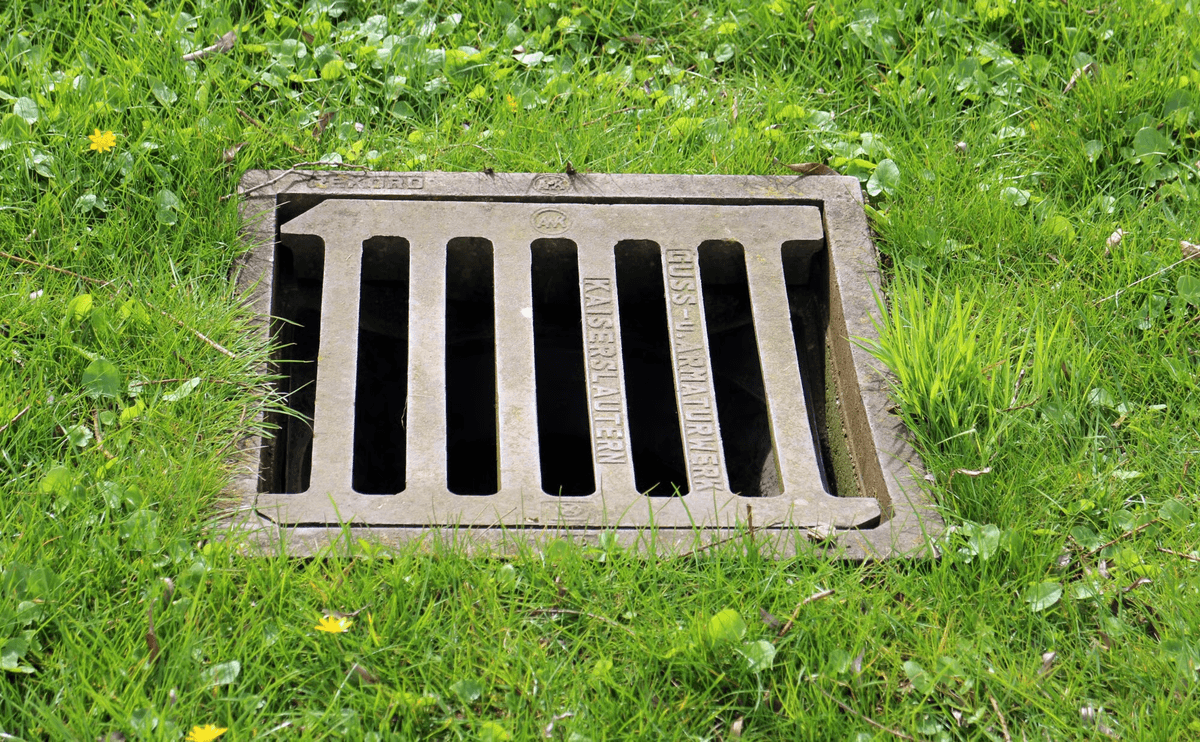
Sewer systems play a crucial role in maintaining sanitation and hygiene in our homes and communities. Over time, wear and tear, tree root intrusion, and aging infrastructure can lead to sewer problems. Understanding sewer repair is essential for homeowners to ensure the health of their plumbing systems and avoid costly damages.
Common Sewer Problems
Several issues can affect sewer lines, leading to the need for repairs. Recognizing these problems early can prevent more extensive damage and costly repairs later on.
Clogs: One of the most common issues is clogged sewer lines. This can occur due to a buildup of grease, hair, soap, food debris, or foreign objects. Clogs can lead to slow drainage and, in severe cases, sewage backups, which can pose health risks.
Tree Root Intrusion: Tree roots often seek moisture and can infiltrate sewer lines through small cracks or joints. Once inside, roots can grow and cause blockages or even break the pipes.
Corrosion: Older sewer pipes, particularly those made of cast iron or clay, can corrode over time. Corrosion can lead to leaks, cracks, and ultimately the collapse of the pipe, requiring significant repair or replacement.
Pipe Damage: Sewer pipes can be damaged by external factors, such as ground movement, heavy traffic, or construction activity. This damage can result in cracks, breaks, or complete failures of the sewer line.
Improper Installation: If sewer lines are not installed correctly, it can lead to issues down the line. Poorly aligned pipes, inadequate slope, or incorrect materials can all contribute to future problems.
Signs of Sewer Problems
Being aware of the signs of sewer issues can help you take action before a minor problem escalates. Common signs include:
Slow Drains: If multiple drains in your home are slow or backing up, it may indicate a sewer line issue.
Unpleasant Odors: Foul smells emanating from drains can indicate a sewer backup or leak.
Sewage Backups: If sewage is backing up into your home, it’s a clear sign of a serious issue that needs immediate attention.
Water Pooling: Puddles or water pooling in your yard can signal a broken sewer line, especially if it’s near where the sewer line runs.
Sewer Repair Methods
When it comes to sewer repairs, there are several methods available, depending on the extent of the damage and the type of pipe material.
Traditional Excavation: This involves digging up the yard to access the damaged sewer line. While effective, it can be disruptive and costly, requiring landscaping restoration afterward.
Trenchless Repair: This innovative method allows for the repair or replacement of sewer lines with minimal excavation. Techniques like pipe lining or bursting are less invasive and can save time and money. In pipe lining, a resin-coated tube is inserted into the existing pipe and then inflated, creating a new pipe within the old one. Pipe bursting involves breaking apart the old pipe while simultaneously installing a new one.
Spot Repairs: For localized issues, such as a specific leak or crack, spot repairs can be made without replacing the entire line. This method is often more affordable and less invasive.
Choosing a Professional
When faced with sewer issues, it’s crucial to hire a qualified plumber or sewer specialist. Look for licensed professionals with good reviews and experience in sewer repair. They will have the right tools, including cameras for video inspection, to accurately diagnose the problem and recommend the best solution. For sewer repair services, consider working together with sewer repair Lake Balboa.
Conclusion
Understanding sewer repair is vital for homeowners to maintain a functional and safe plumbing system. By recognizing the signs of sewer problems and being aware of repair methods, you can take proactive steps to protect your home. Regular maintenance, such as routine inspections and preventive measures, can go a long way in avoiding major sewer issues and ensuring the longevity of your plumbing system.